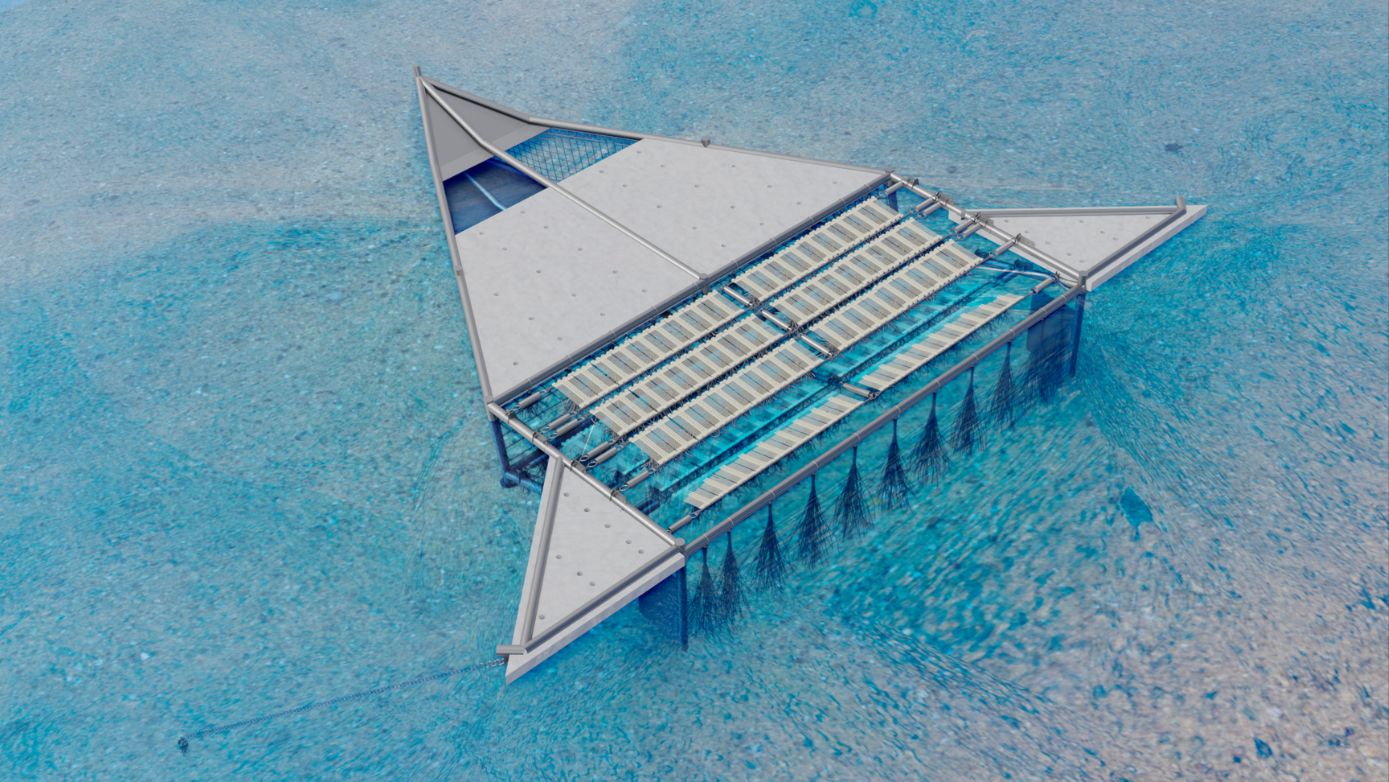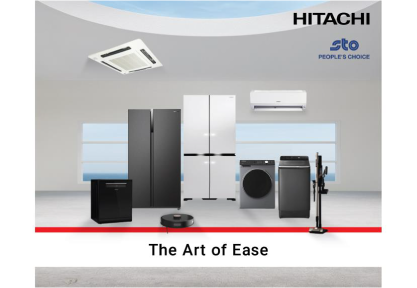
As climate change intensifies and sea levels continue to rise, coastal erosion is becoming an increasingly urgent global concern. In response, Taiwan-based ReShore Technologies has developed an unconventional but promising solution: the Derosion Boat, a floating system designed to restore and protect eroding shorelines by working with, not against, the ocean.
Founded in 2000 and headquartered in Kaohsiung, ReShore Technologies has been at the forefront of shoreline protection across Taiwan and Thailand. With years of research in partnership with National Cheng Kung University (NCKU), the company’s latest offering represents a leap forward in both design and environmental sustainability.
How the Derosion Boat Works
The Derosion Boat is a 14-metre-long, 18-metre-wide vessel that anchors to the seabed while remaining afloat, adapting its position with the direction and force of waves. Its key function is twofold: reducing the energy of incoming waves and facilitating natural sand deposition.
Equipped with multi-layer energy-dissipating components, the boat acts as a mobile breakwater that softens wave impacts. As waves hit, the boat reduces their strength by nearly 40 percent, according to hydraulic tests conducted at NCKU in late 2024. Simultaneously, it takes the sand that is drawn up from the seabed by each wave, and releases it gradually into a designated area behind the boat, aiding in the natural buildup of shoreline sediment.
In practical terms, each Derosion Boat can cover about 200 metres of coastline. When positioned near the shore, it can increase sand height by up to 25 centimetres per day on narrow beaches. When deployed further out, it achieves a slower but still meaningful buildup.
Engineering and Environmental Edge
Unlike traditional breakwaters or geotextile sandbags, the Derosion Boat is designed to be easily relocated once its objectives at a particular site are met. It is also intended for use in shallow waters, especially along coasts with steep underwater slopes which are often found in typhoon-prone tropical islands.
The environmental impact has been a core design concern. Rather than dumping foreign materials, the system recycles local seabed sediment, avoiding ecological disruption. Initial deployments in Taiwan have shown not just ecological safety but tangible biodiversity gains. Barnacles, oysters and various intertidal species including starfish and octopus have returned to the area, suggesting habitat restoration.
Comparison with Other Coastal Management Tools
When placed side by side with other coastal management methods like breakwaters, sand nourishment or geotextile bags, the Derosion Boat offers a unique combination of wave reduction and sand accumulation, all while remaining movable and reusable. With a projected lifespan of over ten years and minimal long-term ecological risk, it positions itself as a viable alternative to more invasive or short-lived interventions.
Outlook and Applications
With rising sea levels threatening island nations and coastal cities alike, scalable technologies such as the Derosion Boat could become essential tools in climate adaptation. ReShore Technologies’ approach, merging marine engineering with ecological mindfulness, offers a template for innovation that could reshape how governments and communities approach coastal protection.
The company is already fielding interest from governments and organisations looking to bolster shorelines in a manner that is efficient, environmentally sound and adaptable.
To learn more or explore project partnerships, contact ReShore Technologies at:
Susan Chen | Business Development Director
T +1 213 298 4306 (WhatsApp)
E susan@reshore.tech
W www.reshore.tech












